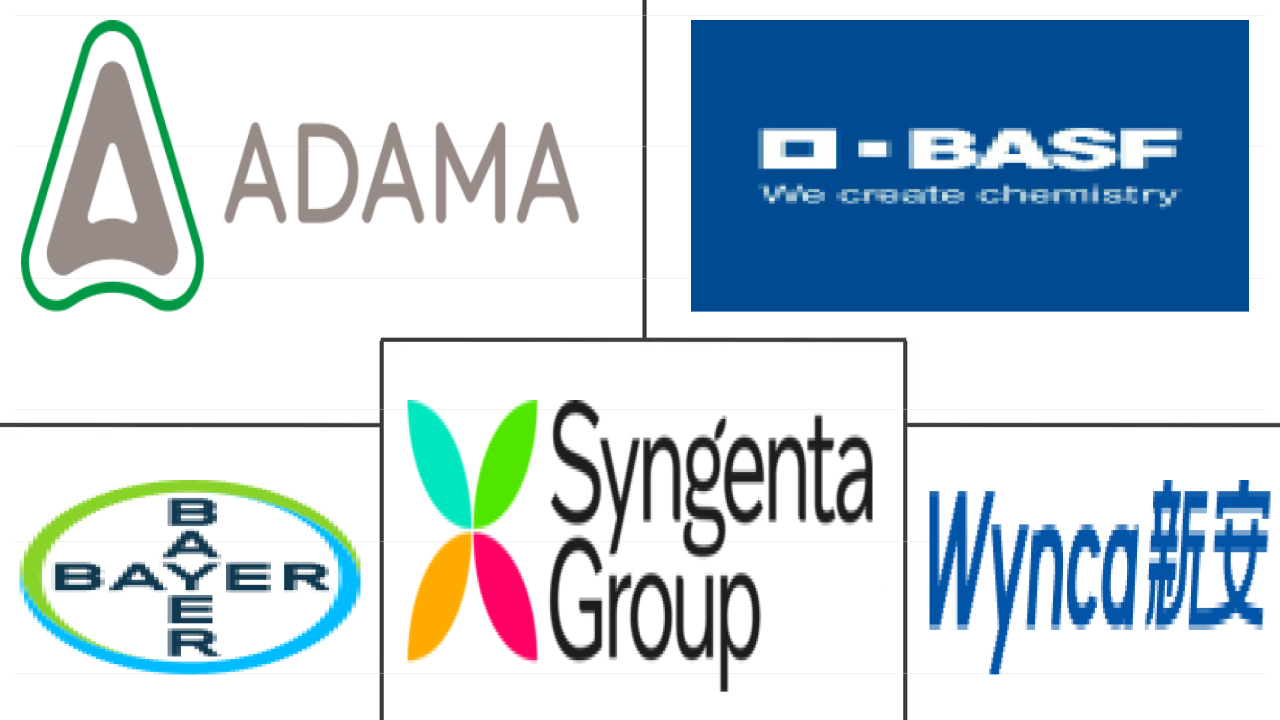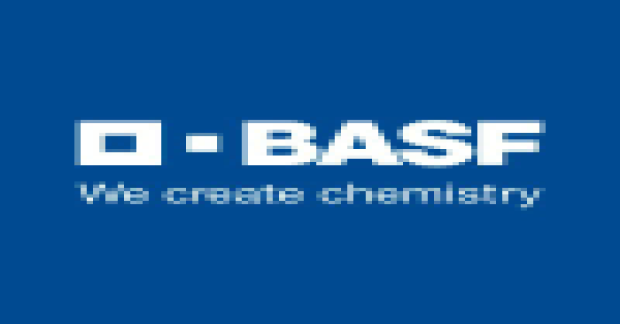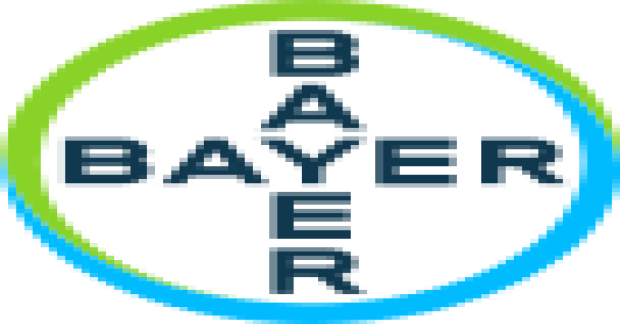Market Size of germany crop protection chemicals Industry
| Icons | Lable | Value |
|---|---|---|
|
|
Study Period | 2017 - 2029 |
|
|
Market Size (2024) | USD 3.31 Billion |
|
|
Market Size (2029) | USD 4.09 Billion |
|
|
Largest Share by Function | Insecticide |
|
|
CAGR (2024 - 2029) | 4.34 % |
|
|
Fastest Growing by Function | Molluscicide |
|
|
Market Concentration | High |
Major Players |
||

|
||
|
*Disclaimer: Major Players sorted in no particular order |
Germany Crop Protection Chemicals Market Analysis
The Germany Crop Protection Chemicals Market size is estimated at 3.31 billion USD in 2024, and is expected to reach 4.09 billion USD by 2029, growing at a CAGR of 4.34% during the forecast period (2024-2029).
3.31 Billion
Market Size in 2024 (USD)
4.09 Billion
Market Size in 2029 (USD)
5.47 %
CAGR (2017-2023)
4.34 %
CAGR (2024-2029)
Largest Segment By Function
63.59 %
value share, Insecticide, 2023
Increased crop infestations by aphids, caterpillars, whiteflies, and other sucking insect pests in the major crops increased utilization of insecticides in the country.
Fastest-growing Segment by Function
5.07 %
Projected CAGR, Molluscicide, 2024-2029
The growing crop losses in the initial growth stages by the attack of slugs and snails, emphasizing the need for molluscicides, lead to faster growth of the molluscicides market.
Largest Segment by Crop Type
62.30 %
value share, Grains & Cereals, 2023
Intensive agricultural practices and a rise in crop losses increase the adoption of crop protection chemicals in the cultivation of grains and cereal crops like wheat and maize.
Leading Market Player 1
28.90 %
market share, BASF SE, 2022

BASF became a major player through various strategic moves. The company expanded its global insecticide products portfolio, which led to its growth in the market.
Leading Market Player 2
22.09 %
market share, Bayer AG, 2022

Bayer's acquisition of Monsanto helped the company extend its crop protection chemicals product portfolio, which increased the company's strength in the market.
The need to minimize the losses caused due to the attack of insects and pests may drive the market
- Germany is the third-largest producer of agricultural goods in the European Union, following France and Italy.
- Insecticides dominated the market and accounted for 63.3% of the German crop protection chemicals market in 2022. However, the prevalence of insect pests can vary over time and may change due to changing climate, agricultural practices, and pest management strategies. Some major insect pests known to cause crop losses in Germany include the Colorado potato beetle, cabbage white butterfly, western corn rootworm, aphids, European corn borer, and apple codling moth. Carbamates and pyrethroids are the most commonly used insecticide-active ingredients.
- Herbicides accounted for 20.4% of the German crop protection chemicals market in 2022. Herbicides have two types, based on the time of application. Pre-plant herbicides are applied to the soil before planting to control the weeds before the crops are sown. These are typically selective and non-selective herbicides. The herbicide-treated land can then be used for agricultural purposes to grow crops. Pre-emergence herbicides can be applied before the weed seedlings emerge from the soil. When applied, these herbicides control the weeds as they grow out of the soil. However, they do not affect the weeds that are already grown.
- With the increasing demand for food in Germany, the country's pressure to produce sufficient food is increasing, which comes with the need to minimize the losses caused by the attack of insects and pests. The market is anticipated to register a CAGR of 3.7% during the forecast period.
Germany Crop Protection Chemicals Industry Segmentation
Fungicide, Herbicide, Insecticide, Molluscicide, Nematicide are covered as segments by Function. Chemigation, Foliar, Fumigation, Seed Treatment, Soil Treatment are covered as segments by Application Mode. Commercial Crops, Fruits & Vegetables, Grains & Cereals, Pulses & Oilseeds, Turf & Ornamental are covered as segments by Crop Type.
- Germany is the third-largest producer of agricultural goods in the European Union, following France and Italy.
- Insecticides dominated the market and accounted for 63.3% of the German crop protection chemicals market in 2022. However, the prevalence of insect pests can vary over time and may change due to changing climate, agricultural practices, and pest management strategies. Some major insect pests known to cause crop losses in Germany include the Colorado potato beetle, cabbage white butterfly, western corn rootworm, aphids, European corn borer, and apple codling moth. Carbamates and pyrethroids are the most commonly used insecticide-active ingredients.
- Herbicides accounted for 20.4% of the German crop protection chemicals market in 2022. Herbicides have two types, based on the time of application. Pre-plant herbicides are applied to the soil before planting to control the weeds before the crops are sown. These are typically selective and non-selective herbicides. The herbicide-treated land can then be used for agricultural purposes to grow crops. Pre-emergence herbicides can be applied before the weed seedlings emerge from the soil. When applied, these herbicides control the weeds as they grow out of the soil. However, they do not affect the weeds that are already grown.
- With the increasing demand for food in Germany, the country's pressure to produce sufficient food is increasing, which comes with the need to minimize the losses caused by the attack of insects and pests. The market is anticipated to register a CAGR of 3.7% during the forecast period.
| Function | |
| Fungicide | |
| Herbicide | |
| Insecticide | |
| Molluscicide | |
| Nematicide |
| Application Mode | |
| Chemigation | |
| Foliar | |
| Fumigation | |
| Seed Treatment | |
| Soil Treatment |
| Crop Type | |
| Commercial Crops | |
| Fruits & Vegetables | |
| Grains & Cereals | |
| Pulses & Oilseeds | |
| Turf & Ornamental |
Germany Crop Protection Chemicals Market Size Summary
The Germany Crop Protection Chemicals Market is a significant segment within the agricultural sector, driven by the country's position as a leading producer of agricultural goods in the European Union. The market is characterized by a strong reliance on insecticides, which dominate the landscape due to the persistent threat posed by various insect pests. These pests, influenced by climatic changes and agricultural practices, necessitate the use of effective pest management strategies. Herbicides also play a crucial role, with pre-plant and pre-emergence options available to control weed growth and enhance crop yields. The increasing demand for food production in Germany underscores the importance of minimizing crop losses due to pests and weeds, thereby fueling the growth of the crop protection chemicals market.
The market is expected to experience steady growth over the forecast period, supported by advancements in agricultural technology and the development of new crop protection solutions. The use of fungicides is also prominent, reflecting the need to protect crops from fungal infections that can adversely affect yields. The market is fairly consolidated, with major players like ADAMA Agricultural Solutions Ltd, BASF SE, Bayer AG, Syngenta Group, and Wynca Group holding significant shares. Recent developments, such as the introduction of eco-friendly crop protection solutions and innovative seed treatments, highlight the industry's commitment to sustainable agricultural practices. However, regulatory changes, such as the planned ban on glyphosate, may impact market dynamics, prompting a shift towards alternative solutions.
Germany Crop Protection Chemicals Market Size - Table of Contents
-
1. MARKET SEGMENTATION (includes market size in Value in USD and Volume, Forecasts up to 2029 and analysis of growth prospects)
-
1.1 Function
-
1.1.1 Fungicide
-
1.1.2 Herbicide
-
1.1.3 Insecticide
-
1.1.4 Molluscicide
-
1.1.5 Nematicide
-
-
1.2 Application Mode
-
1.2.1 Chemigation
-
1.2.2 Foliar
-
1.2.3 Fumigation
-
1.2.4 Seed Treatment
-
1.2.5 Soil Treatment
-
-
1.3 Crop Type
-
1.3.1 Commercial Crops
-
1.3.2 Fruits & Vegetables
-
1.3.3 Grains & Cereals
-
1.3.4 Pulses & Oilseeds
-
1.3.5 Turf & Ornamental
-
-
Germany Crop Protection Chemicals Market Size FAQs
How big is the Germany Crop Protection Chemicals Market?
The Germany Crop Protection Chemicals Market size is expected to reach USD 3.31 billion in 2024 and grow at a CAGR of 4.34% to reach USD 4.09 billion by 2029.
What is the current Germany Crop Protection Chemicals Market size?
In 2024, the Germany Crop Protection Chemicals Market size is expected to reach USD 3.31 billion.

